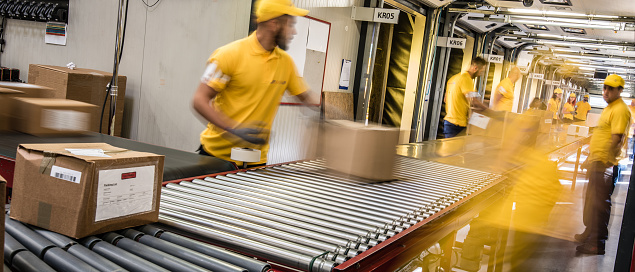For fulfillment operations and retailers alike, peak holiday season doesn’t end once the presents are opened and with increased holiday sales come increased holiday returns. In revamping your warehouse processes for faster fulfillment, keep in mind returns processing is just as important in providing great customer service. Below are three ways you can win at reverse logistics this peak holiday season and into the future.
- Work from the Ground Up
Reverse logistics involve many groups not just the warehouse team. Everyone from sales and customer service to finance and operations are responsible for collaborating to determine the best way to handle returns for your business. If you handle returns in house, you’ll need to work closely with your operations team to streamline your processes and optimize your warehouse layout. Start by examining your current returns process and utilize that data as a starting point for improvements. This should be applied to every step of the returns process from unloading to restocking. Utilizing a warehouse management system (WMS) can help you to dive deeper into the data you gathered during your initial analysis in order to fully optimize the layout of your warehouse and processes. It also can help you determine the best options for what to do with the returned inventory. - Ensure Your Policies are Clear
In order to enhance your returns management performance, you’ll need to implement procedures to help your warehouse team manage the volume without getting overwhelmed. Turn to your receiving employees since they sit on the frontlines and work with handling returns every day. They can help to implement a clear process for handling returns, identifying fraudulent returns or missing components, and determining a returned product resell value. Having a set procedure will help the team avoid inaccuracies and inefficiencies that can lead to lost profits. - Measure KPIs for Continued Improvement
Adopting a strategic approach to measuring your current processes and using that information to identify areas for improvement is a critical first step in optimizing reverse logistics operations. By evaluating your current processes, working with all groups to create a strategy, and implementing clear effective policies you’ll enable your teams to perform optimally. You’ll also decrease your profit loss from returns while increasing customer satisfaction.
Creating a clear strategy, analyzing past data, and implementing the right technology will allow you to utilize your reverse logistics as an opportunity to improve fulfillment operations and increase customer satisfaction.

